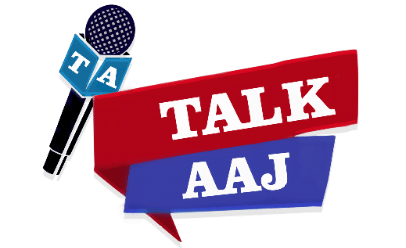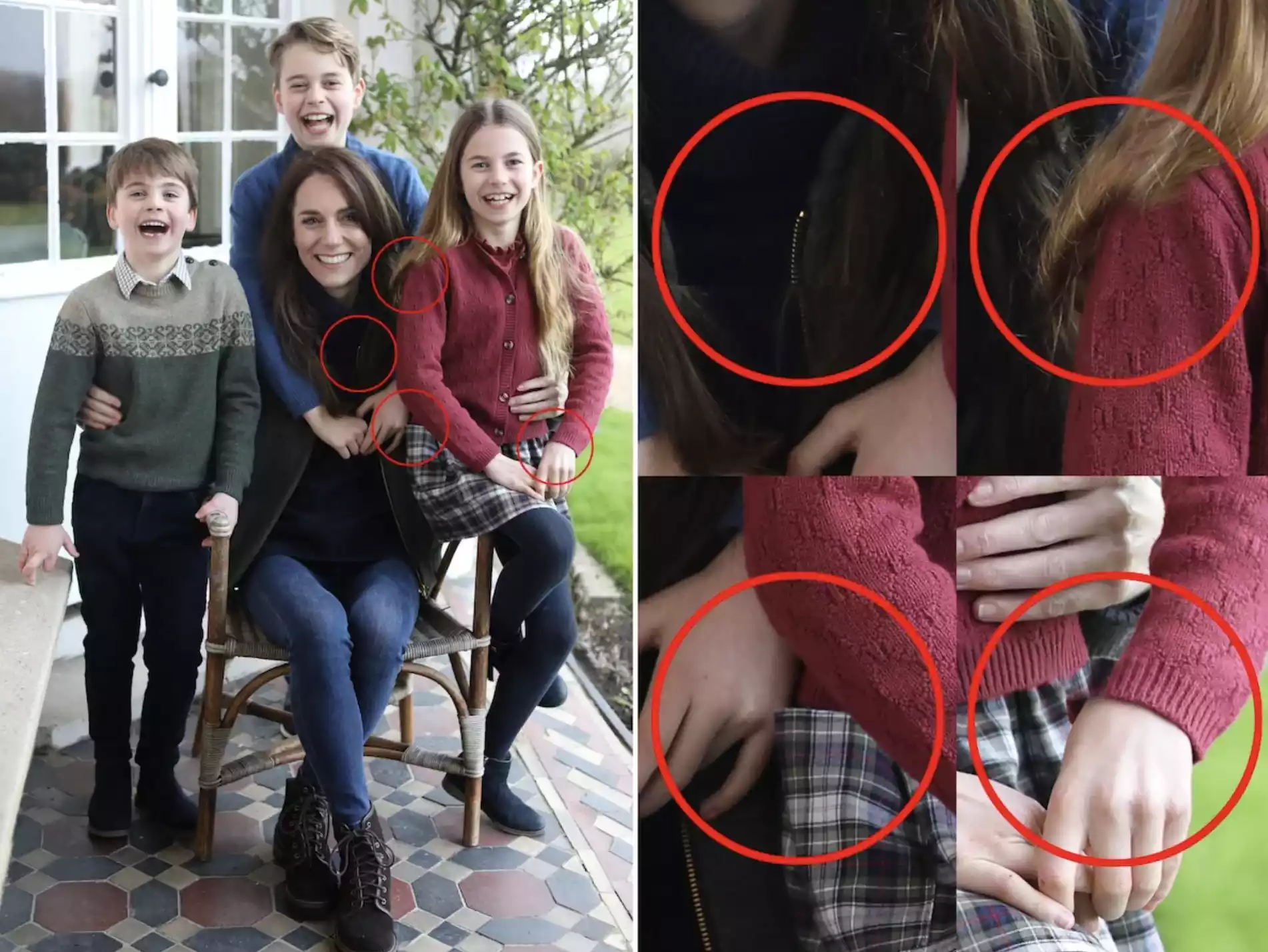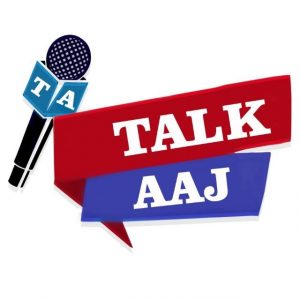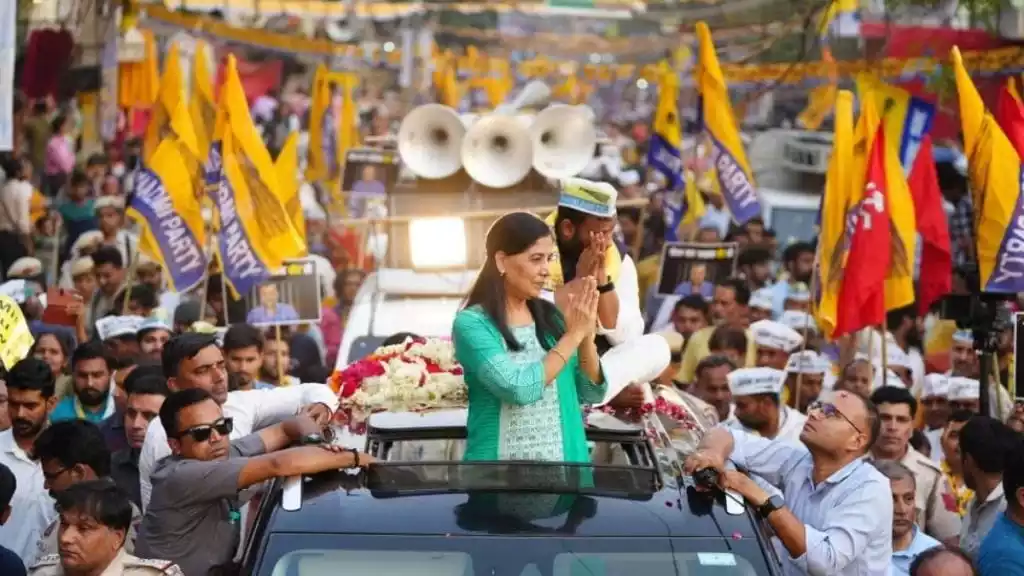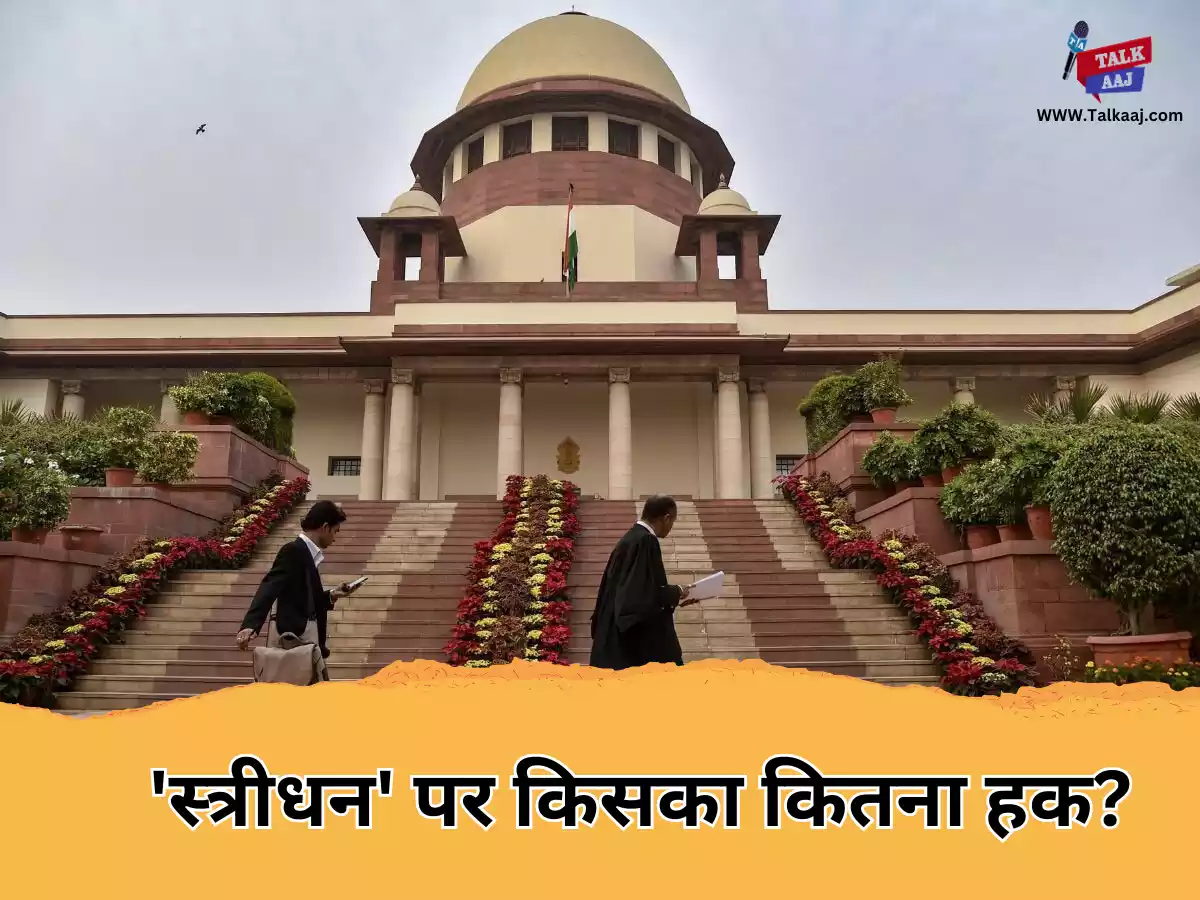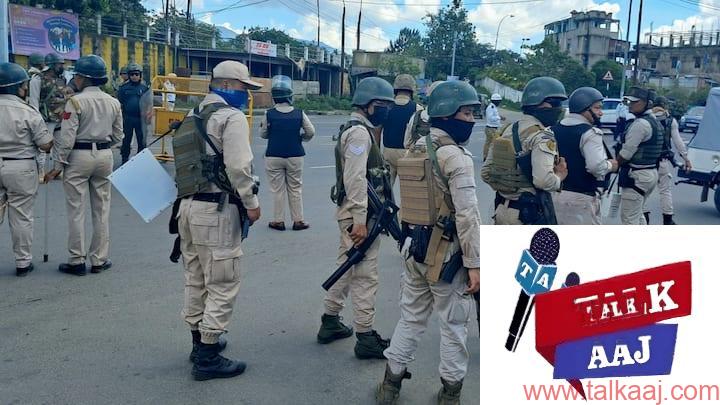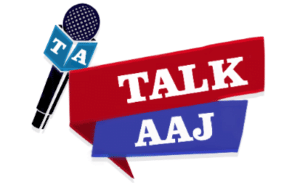How a doctored photo of the Princess of Wales caused a media crisis
Paul Clark, an experienced photographer, was sailing on the River Thames during the rain on Sunday when the light on his phone started flashing.
The royal family recently released a photo of Princess Catherine of Wales and her three children – officially, a greeting in honor of Mother’s Day in the UK, yet the future queen is still missing from the public eye. Amidst the frenzied speculation, a picture also emerged. Since abdominal surgery in January.
Clark is an expert in the art of editing and retouching photos, and friends wanted to know his opinion of the image. He immediately noticed some discrepancies.
What was in Princess Charlotte’s hand, which seemed to be distorted by the cuff of her sleeve? Why were his mother’s fingers so blurry against the crisp knit of Prince Louis’s sweater? Did the photo allegedly taken by Prince William reflect a professional catchlight in the family’s eyes? The photo quickly went viral, Clark said in a social media post, adding that “many… manipulations are easily visible.”
He added: “What were they thinking?”
Within hours, the major news wire services that had broadcast photographs of the palace – companies such as Getty Images, Agence France-Presse and the Associated Press – were asking subscribers to stop using them because of concerns that the image would was changed in violation of them. Ethical standards. And on Monday, Catherine apologized: “Like many amateur photographers,” she explained in an official statement, she had “experimented with editing.”
The incident highlighted the growing conflict between the two sets of media standards. On the one hand, there are ever-increasing expectations of celebrity perfection – smooth faces and cellulite-free thighs that can be achieved with a little Photoshopping. On the other hand, some of the ideals of journalistic transparency and integrity, which are increasingly under attack due to the noise of artificial intelligence deepfakes and “fake news,” have wormed their way into the culture.
It also raised questions about whether an awkward crisis PR effort by Kensington Palace to address the growing concern and wild conspiracy theories about Catherine – whose last public appearance was Christmas Day – had only escalated the situation.
Again: “What were they thinking?” Reiterated Sally Bedell Smith, a royal biographer. “If, as has been speculated, the photo was manipulated on a fairly large scale, it creates a major credibility problem.”
But Clark, who sees no conspiracy (only “incompetence”), thinks the question of credibility is misplaced. Why shouldn’t the royal family touch any images? “We all want pictures of our kids smiling.”
The question, he said, is whether media outlets were too quick to deliver it to the public – in other words, too willing to present a very rosy picture as news.
Journalistic ethics demand that images published in news outlets reflect reality, free from postproduction manipulation such as Photoshop or other editing software. Editors must also ensure the authenticity of photographs taken in uncertain circumstances. For example, images of the war in Ukraine have been analyzed pixel by pixel for evidence of potential misinformation.
And exposing images created by artificial intelligence without proper labeling has become a virtual cottage industry in the media world.
But in the VIP area where the royals live, photoshopping is not only accepted but expected.
When it comes to photographs, fashion magazines and celebrity-focused publications do not adhere to the same standards as news-gathering outlets, often retouching the subjects of their cover shoots and profiles, in service of selling an aspirational lifestyle. We do.
In 1989, TV Guide superimposed Oprah Winfrey’s head onto the more curvy body of actress Ann-Margret. Complex magazine highlights Kim Kardashian’s slimmed waist and hips in a 2009 photo.
“Vogue smoothed out a line here, and cut a line on my neck,” Lena Dunham recalled to Grantland’s Bill Simmons about her 2014 cover shoot, though she also added that she ” Felt completely honoured. (When Jezebel later published the retouched images, “It hurt so bad,” she said.)
Some celebrities have criticized magazines for excessively manipulating photographs: in 2003, Kate Winslet told the BBC that a British GQ cover shoot “reduced the size of my legs by about a third.”
However, today, our phones and computers have brought similar technology within reach of the average Facebook user who just wants a more attractive profile shot. This is the same human misdeed the princess has confessed to – and a palace insider described it as “an innocent, naive mistake” that the public will quickly forgive.
“She owned it,” said Dickie Arbiter, a former spokesman for Queen Elizabeth II. He said it was “far more than the photo agencies.” …This was a real mistake made by photo agencies who didn’t check. They put the picture out and finished it after a few hours.”
The AP published a lengthy explanation for its “photo kill” order, saying that its rules prohibit images that are altered or digitally manipulated beyond minor photo editing, such as cropping or color adjustments — anything like that. No that will change the original view of the photo.
“Changes to density, contrast, color and saturation levels that substantially alter the original scene are not acceptable,” the AP said. “Backgrounds must not be digitally blurred or eliminated by burning or aggressive toning.” AP also does not allow removal of “red eye”.
Similarly, Reuters stated that its “Handbook of Journalism” allows only limited use of Photoshop. “We use only a small fraction of its potential for formatting our photos, cropping and resizing them, and balancing tone and color,” the news service said.
Susan Keith, professor of journalism and media studies at Rutgers University, praised these standards.
“I understand the impulse of this moment, when we are being bombarded with disinformation and misinformation, to try to make sure the public knows what they’re seeing,” she said. “That’s the core of what these news agencies are doing.”
By removing the royal photographs from circulation, Keith said, the news services have sent a serious message to Kensington Palace about their commitment to transparency and accuracy.
It’s rare for the AP to toss a photo, although the agency does not hesitate when an image’s credibility is called into question. In 2011, it caused a photo disaster when editors discovered that the photographer had manipulated the image to hide his shadows. According to Poynter, in a memo to staff, director of photography Santiago Lyon described the incident as “deliberate and misleading”.
In a more serious example, a 2017 investigation by BBC Brazil revealed that alleged war photographer “Eduardo Martins” – a fake name, as it was later revealed – had been stealing photographs of the conflicts in Iraq, Syria and Gaza for years , tampering and sharing. For established media organizations around the world. Before news of the scandal broke, the photos had been published in The Wall Street Journal, Vice, and the BBC, among others, and Martins had gained more than 100,000 followers on Instagram as well as a growing reputation in the international photojournalism community.
Close analysis of the fake photos by Sao Paulo photographer Ignacio Aronovich discovered that Martins had flipped some of the stolen photos to make them harder to find online, The Guardian reports. Another image shows Martins holding a camera that is missing the shutter button. In a statement to the Guardian, Getty Images said it had removed all photographs attributed to Martins.
But at a time when much of the journalism industry is facing deep budget cuts, many newsrooms no longer have the resources and staff to catch every violation, Keith said.
He added, “It’s probably good that so many Internet spies are doing this work for themselves.”
Still, this was not a war zone. It was a picture of some children and their mother. Which made the fakery funny and – for anyone who has ever tried to keep three kids calm and smiling at the same time – sympathetic.
The celebrity standard of perfection is even higher for the royals, who are expected to not only look attractive but also represent all the aspirations and ideals of the entire nation.
The princess managed to look flawless for a hospital photo shoot with him, just hours after giving birth to Prince George, the next heir to the throne. There is no doubt that any photographs of Katherine looking immaculate after stomach surgery this winter would have caused as much speculation and chatter as the complete absence of images has.
Bedell Smith said, “Maybe having to meet that unrealistic standard had an extreme effect on him.” “This is a moment for them to re-examine how they portray themselves in a very confusing world with images.”
Catherine’s father-in-law seems to be taking steps in that direction. Although King Charles III has largely remained out of the public eye during his ongoing cancer treatment, the royal Instagram account has shared photos of the king Zoom chatting with foreign leaders and greeting ambassadors behind closed doors . In a video montage, he is seen reading a “Get well” letter.
Bedell Smith said Kensington Palace would have done more to reassure the public about Catherine’s health by releasing the original photo of the princess and her children – in their full unedited glory.
“It’s a nice moment to realize that they don’t have to be perfect,” he said. “It’s OK to look a little frazzled around images, as we all do.”
The 4B Movement in Korea is Causing the Birthrate to Drop – Will Other Countries Follow?
(Read the latest news of the country and the world first on Talkaaj (Baat Aaj Ki) , you can also follow us on Facebook, Telegram, Twitter, Instagram , Koo and YouTube .)
